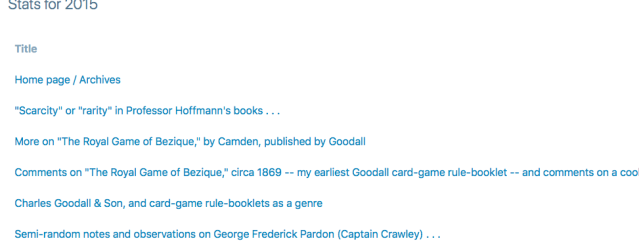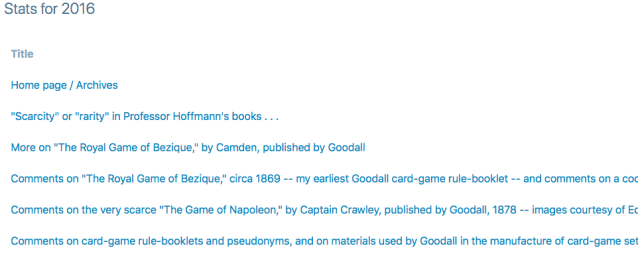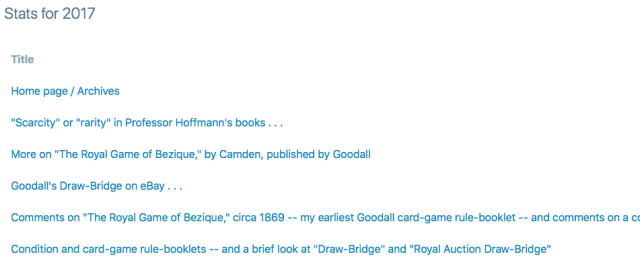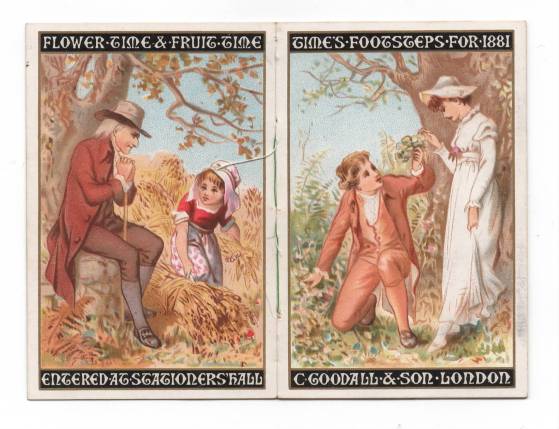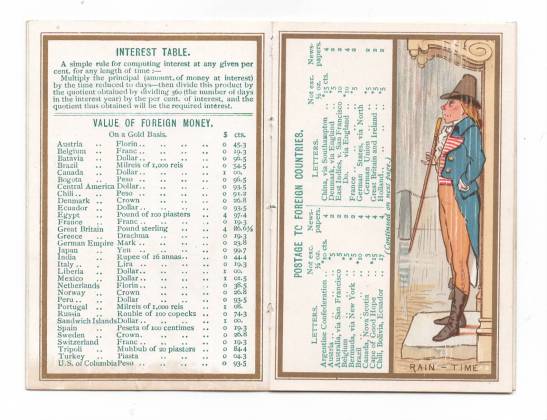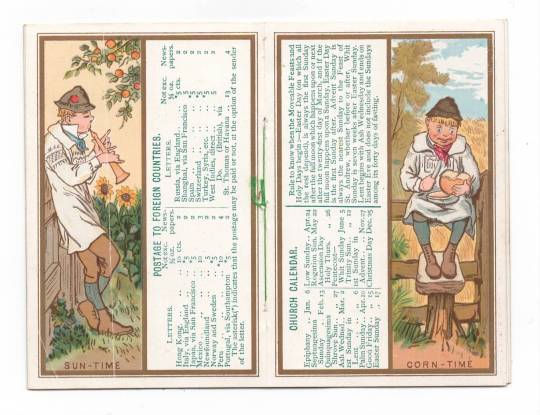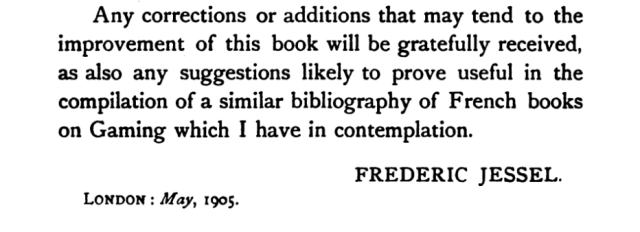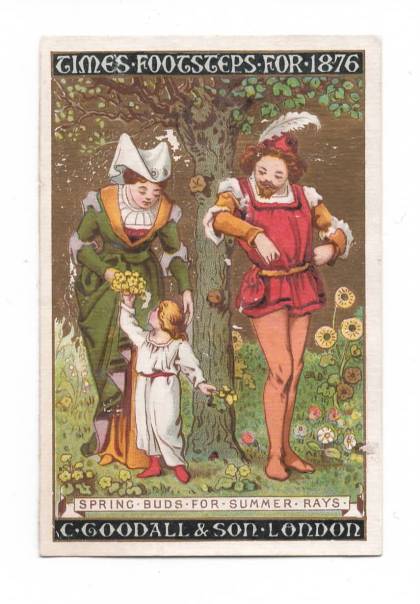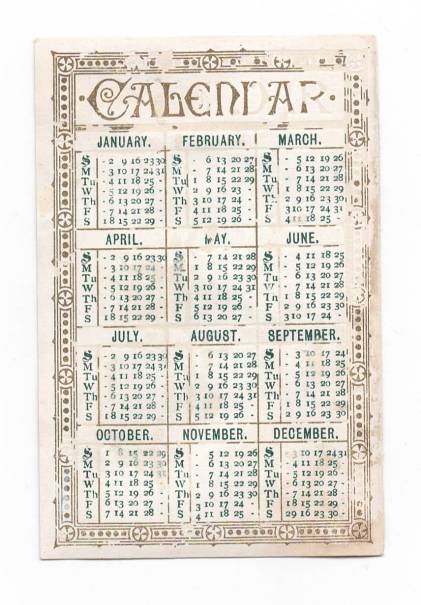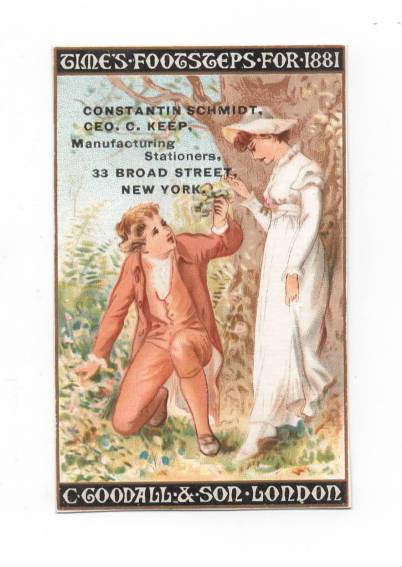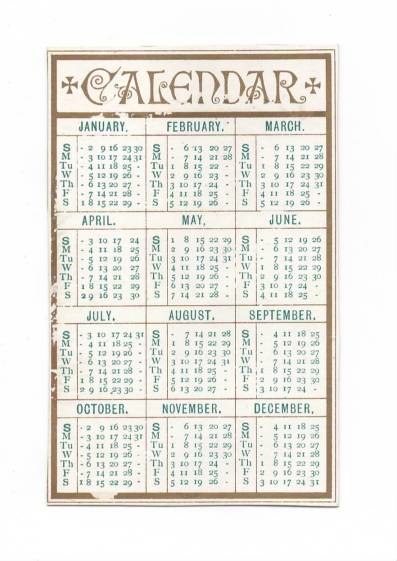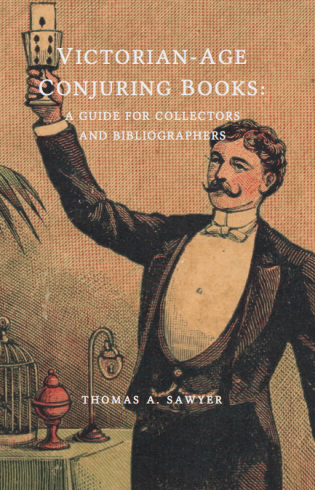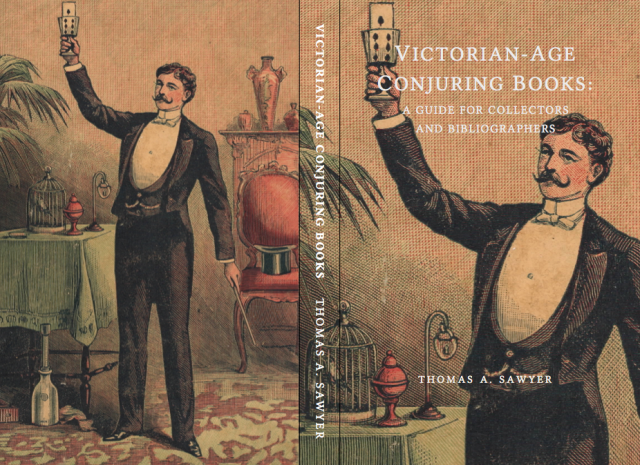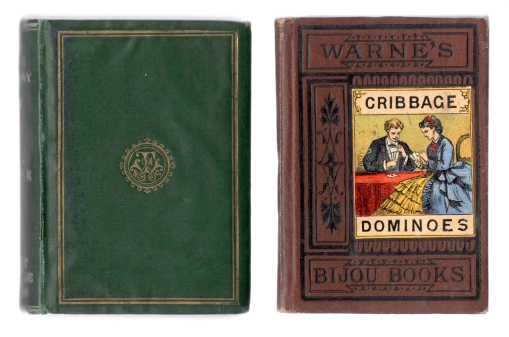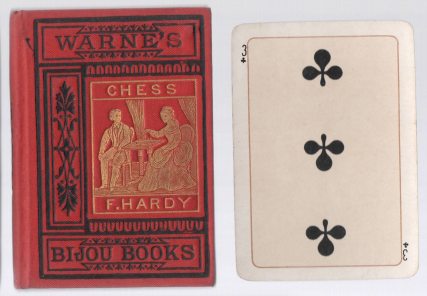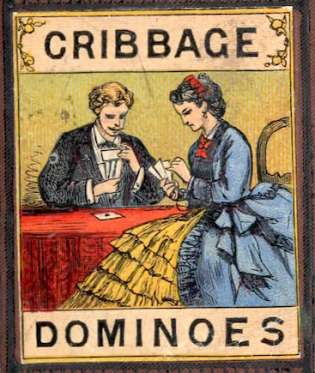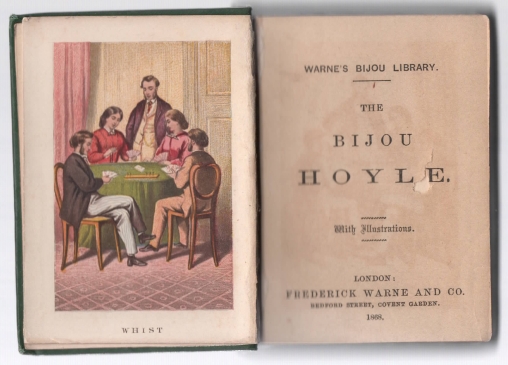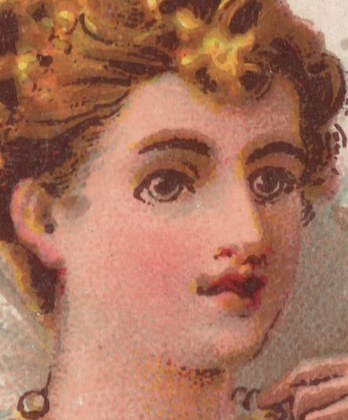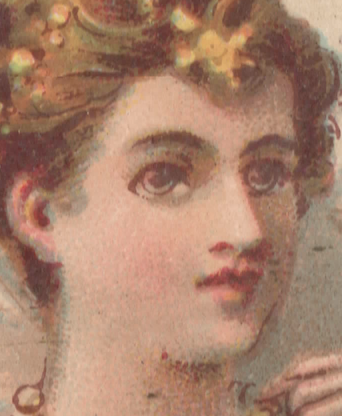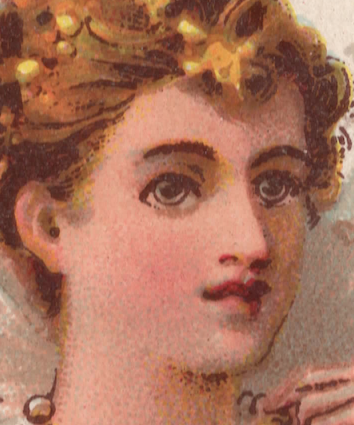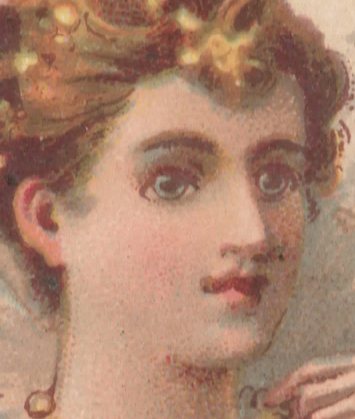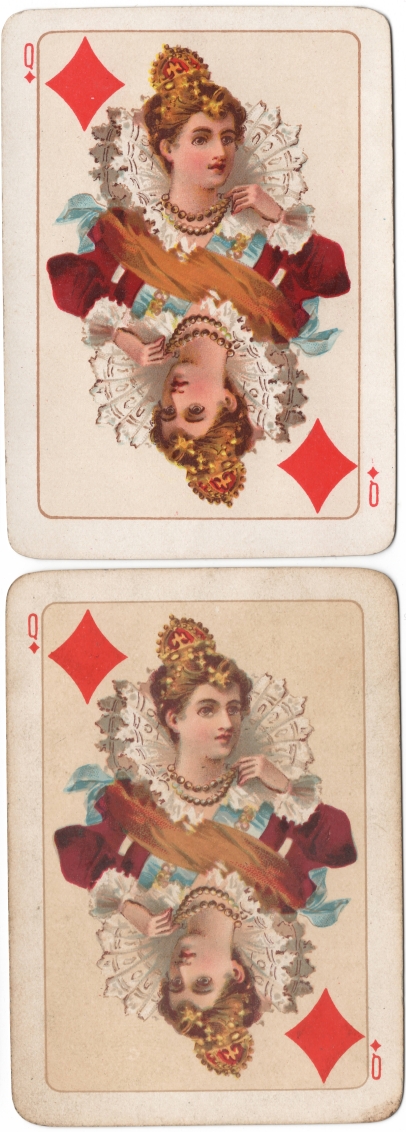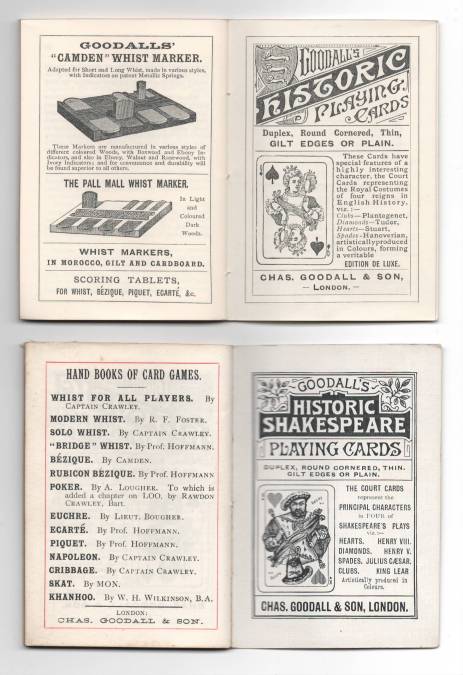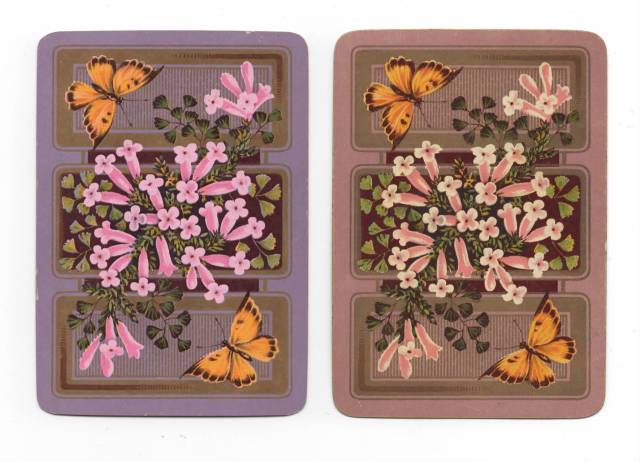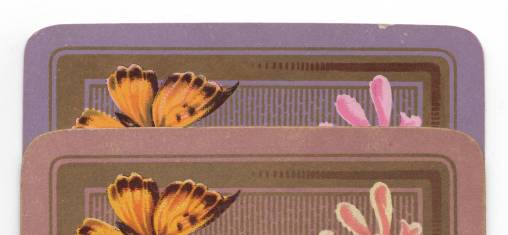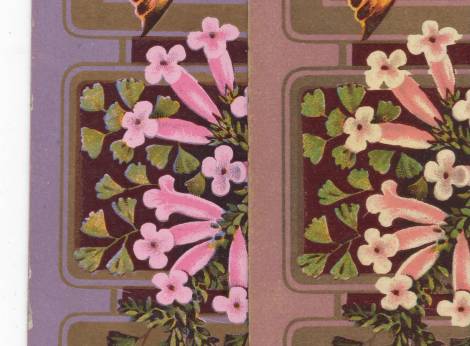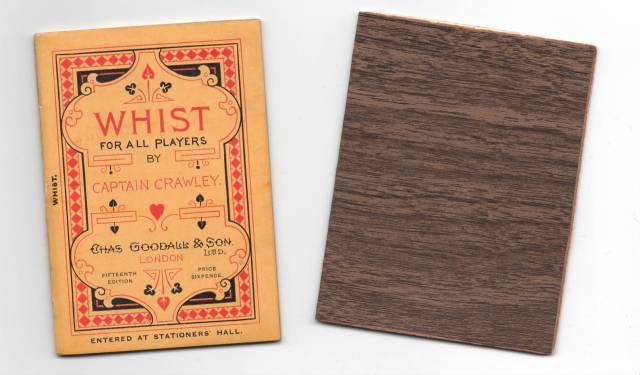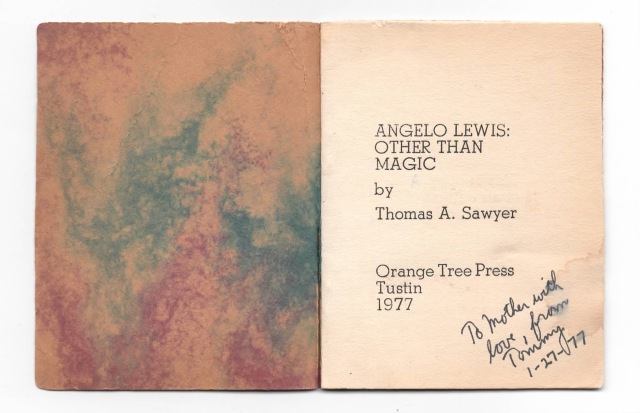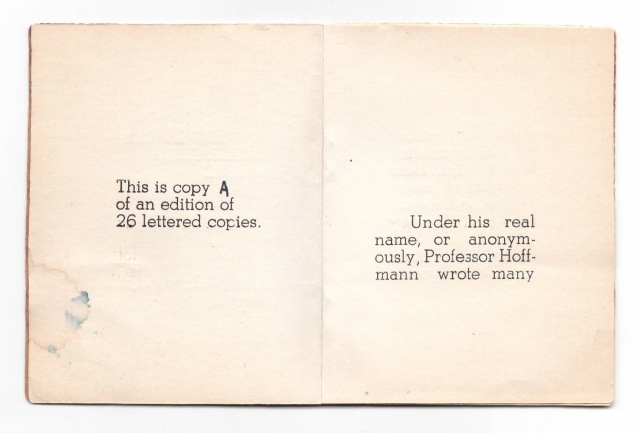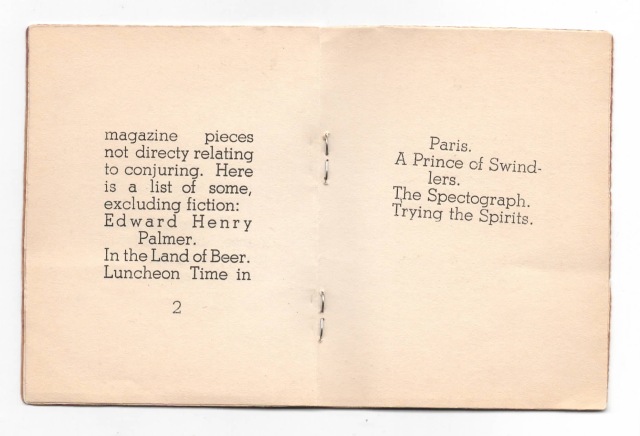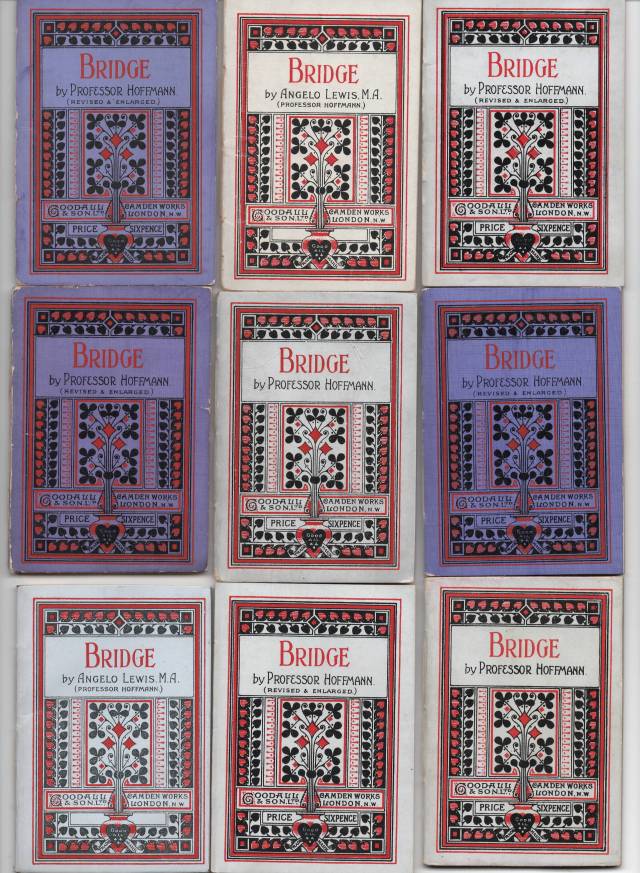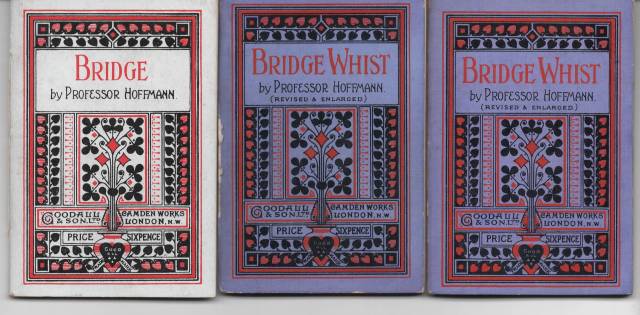These recollections reach way back to the 1968-1970 period, at earliest, and to probably the mid-1970s at latest, so they may be somewhat “accuracy challenged.”
I want to talk about what may be the first author-bibliographies I handled. For a while, I have believed that I saw them when I was a student at UCLA, 1968-1970. But it may have been a bit later than that, as I explain below.
I was interested in Professor Hoffmann back then (and even before, actually). In 1969 I entered my Hoffmann collection (which had about 23 or so items in it at the time) in the Campbell Book Collection Competition, which was operated by UCLA. It was an annual event, and I am sure they still conduct the competition now.
Oops, correction. I just checked UCLA’s web presence, and I found this:
The UCLA Library has placed the Campbell Competition on hiatus for 2015-16. During that time Library administrators will reconsider the program’s goals, its place within the Library’s services, and how best to meet the intent of its funders, including the Campbells, founders of the original bookstore serving the UCLA community.
That I find highly weird. Nicely written, but saying almost nothing. And I suppose it is still on hiatus, even though we are well into 2017. Most people, including me, would think that such a reconsideration of the program could be completed in a month, two tops.
I will say this: MY IMPRESSION is that a lot of the entries in the competition have not been what I would call “collections.” Instead, they seemed like mini-libraries. Like if I said, “I am interested in reading stories by A. Conan Doyle,” and after I year I find myself with a dozen paperbacks, and oh, look, a 1954 Grosset & Dunlap reprint (gee, that’s old!) of The Hound of the Baskervilles in fair condition, plus a recent printing of The Complete Sherlock Holmes, rounded out by a recent printing of The Lost World — and then I find out about the contest. And I enter!
Now it has been probably eight years or so since I looked into the competition in any detail, and the foregoing may be exaggerated, but you probably get my drift.
I have written about my involvement in the competition on one of my other blogs, but I don’t think those posts are accessible at the moment. Anyway, in 1969, my collection was awarded second place in the undergraduate division. First place went to a collection of books by Lafcadio Hearn.
I put together a little bibliography for that (typewritten, and in fact I think my sister Diana probably typed it). And as I recall, I set forth transcriptions of the title pages, with the line-breaks indicated with slashes, so it looked rather professional. I believe that library system at UCLA has maintained on file the bibliographies that the students submitted.
There was a write-up on the results of the 1969 competition in The Daily Bruin and also in The UCLA Librarian.
I was very “into books” even then. As I recall, all of the entrants were given a few miscellaneous items, just for participating, and I think those were a bibliography of the Monitor and the Merrimack, and a sort of checklist of bindings designed by Margaret Armstrong. Weirdly, as I recall, I had already purchased examples of both of those at the library. (They were rather slight publications, and I am sure they were quite inexpensive.)
The second-place prize was a credit of $50 at a bookstore in Westwood. (I hope to check that to confirm what the amount was.) That was a decent amount of kale in those days. I never used the entire amount. The only thing I remember getting was a figurine of a Beatrix Potter character, which I gave to my sister.
Here is a cute story that I told on one of my other blogs:
I thought I would tell a little anecdote in connection with the competition. (It has been a long time, so this might not be completely accurate.) After the judging, a little reception was held, and the public could look at the collections, which were on tables in a room there at UCLA. A sweet elderly lady was asking me about my collection, and I told her a little about it.
So the lady picked up one of the books, and as I recall it was a copy of Drawing-Room Conjuring, translated by Professor Hoffmann, in beautiful condition, but highly fragile. It was a first edition, and it dated from 1887. I was cringing as she kind of examined it, but I wasn’t about to say anything about it. Soon, one of the people who was involved in the competition asked her (probably in a gentle fashion) to refrain from handling it. My mistake was in not saying, “Oh, that’s okay, it’s fine if she looks at it.”
So, that’s the story.
But anyway, the two bibliographies I particularly remember from back in those days were (a) a bibliography (by Williams) of Lewis Carroll, and (b) a bibliography (by Scott) of H. Rider Haggard. I want to add (c) a bibliography (by Sadleir) of Anthony Trollope, though I am unclear on when I first saw that. I have never read much Lewis Carroll, nor Trollope, but I did read a lot of Haggard. But I think I started reading Haggard when I was in law school, which obviously was after I graduated from UCLA.
So in all probability I first saw the Haggard bibliography in the early 1970s.
My sister (also a UCLA grad) was employed at UCLA as an academic counselor, and I used to visit her pretty often, so I probably went to the library fairly frequently. As I sit here, though, I have not been there for ages. I did some research there when I was writing S.W. Erdnase: Another View, which was basically back in 1991. I’ve also used the UC Irvine library and my dear daughter did some Erdnase-related research for me at UC Berkeley in 2015 or so in connection with my Rethinking S.W. Erdnase.
By the way, I am simplifying by using the term “library.” The schools mentioned obviously have networks of libraries. I’m pretty sure that the Haggard bibliography at UCLA was in the Department of Special Collections.
Anyway, during the decades after I first saw those bibliographies, I have often thought wistfully about them. I obtained an example of Sadleir’s Trollope bibliography several years back. Recently I bought copies of the Carroll bibliography and the Haggard bibliography via Biblio.com, which listed several copies of each. I thought that was kind of odd, because the 1934 Carrol bibliography was 700 or so copies, and the 1947 Haggard was 500 or so. (I’ll confirm these dates later — I am writing from memory.) I would have thought that those bibliographies would have been in the libraries of universities, researchers, and collectors. They may have been reprinted or largely superseded, but still.
I mentioned this to a friend, a longtime well-versed collector, and he forthrightly and succinctly, and I think a little bitterly, stated, “Bibliography is dead.” Well, it may not be dead, but I guess it is on life support as to many of the bibliographies that have been intended largely for collectors. This is proven somewhat by the dismal showing that my 2016 Professor Hoffmann and His Conjuring Serials of 1872-1888 has so far made. It is also shown by the scant interest that has been shown so far in my forthcoming A Bibliography of Card-Game Booklets Written by Professor Hoffmann.
You might say, “Yeah, Tom, but you have done almost nothing to market either of those.” True enough, but I actually think that if there was much interest “out there,” people would have learned about those works, and acted accordingly.
Emerson is quoted in many places as having said this, or something like it:
If a man has good corn, or wood, or boards, or pigs, to sell, or can make better chairs or knives, crucibles or church organs, than anybody else, you will find a broad, hard beaten road to his house, though it be in the woods.
Get it?
—Tom Sawyer
August 30, 2017


 Note: The scarcity and rarity post was posted in 2014, so it does not appear for 2012 or 2013.
Note: The scarcity and rarity post was posted in 2014, so it does not appear for 2012 or 2013.

